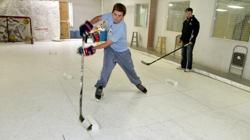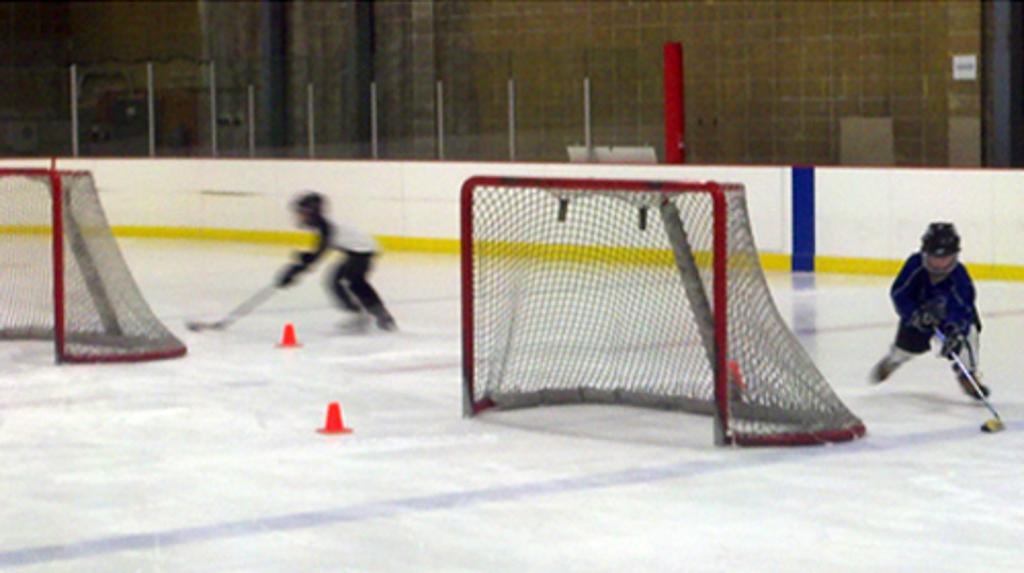
A few years ago I was charged with designing the skill development programming for a spring / summer hockey club. This was a new club and was starting with younger teams, therefore it was filled with 7, 8, and 9 year olds. These were skilled players as is the case with most players passionate enough to play during the traditional off season. However, even skilled players at that age can use lots of work on the basics. Our skill development plan was primarily skating focused with a heavy emphasis on edge-work, knee bend, balance, posture, and then finally stride techniques (forward, backward, and crossover). We did have players touching the puck during a good portion of practices in many different types of drills. As expected, major gains were seen in their skating over the course of the 5 month program. Something unexpected happened though. As the year went on, we had parents comment to us how much their son’s puck handing had improved. As little emphasis as we put on puck handling, we hadn’t really expected noticeable gains in this area. We hadn’t spent time instructing players on how to handle the puck beyond the basics. So why the noticeable gains in puck handling skill? The answer is that they were better skaters.
But how can this be? How does better skating ability help you with your puck handling? There are two reasons that this would be the case. The first one is called the “smoothness of the operational platform”. The second is “automaticity”.
Let's first look at smoothness of the operational platform. Imagine trying to thread a needle while riding on a gravel road in a car with stiff suspension. The bumps in the road are causing your whole body to move wildly and beyond your control, meanwhile you are trying to an intricate task which requires precise movement. You stand very little chance of success. Players who are not smooth skaters may have good puck handling skill while standing still, but often cannot translate that to the game where they have to skate where their upper body bounces around and prevents them from handling the puck efficiently. When these skaters improve, their puck handling does too.
What then is automaticity?
Automaticity speaks to how automatic your ability to control your body is for a given skill. If your skating is automatic, it means you can do it without thinking about it. This frees up your brain for other tasks. In the case of hockey, at the younger ages, it may mean you can focus on your puck handling challenge and thus be much more effective with it (at higher levels of the game both skating and puck handling have to be automatic so you can be as good as possible at reading and reacting to the play faster than the opponent). So, these players improved their skating giving them a smoother operational platform for puck handling and more automatic control over their ability to get around the rink. Their puck handling naturally improved as a result of both!
About the Author:
One of Minnesota's premier hockey trainers, Andy Blaylock joins the YHH Staff to write about the dynamics of training, both on ice and off. Andy is the General Manager of Competitive Edge Hockey in St. Louis Park. His content will emphasize the importance of high quality in-season and off-season training. In addition to running his own private clinics and camps, Andy has trained several organizations including Andover, Anoka, Hutchinson, STMA and Wayzata.
Andy can be reached via email at Andy@compedgehky.com









